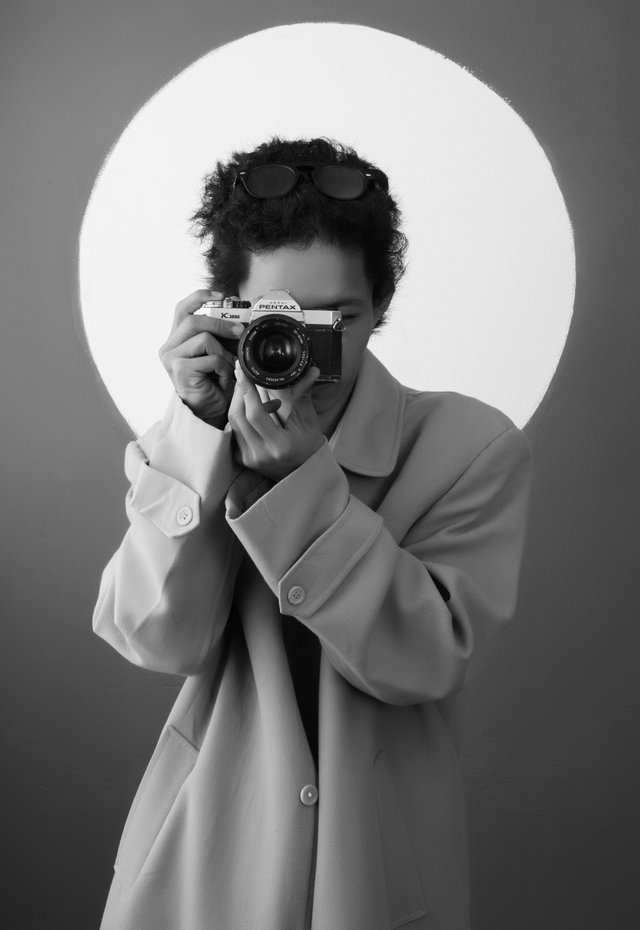The 1951 USAF resolution test chart is one way to measure the resolving power of a lens. The quality of the material, coatings, and build affect the resolution. Lens resolution is ultimately limited by diffraction, and very few photographic lenses approach this resolution. Ones that do are called "diffraction limited" and are usually extremely expensive.
Today, most lenses are multi-coated in order to minimize lens flare and other unwanted effects. Some lenses have a UV coating to keep out the ultraviolet light that could taint color. Most modern optical cements for bonding glass elements also block UV light, negating the need for a UV filter. However, this leaves an avenue for lens fungus to attack if lenses are not cared for appropriately. UV photographers must go to great lengths to find lenses with no cement or coatings.
A lens will most often have an aperture adjustment mechanism, usually an iris diaphragm, to regulate the amount of light that passes. In early camera models a rotating plate or slider with different sized holes was used. These Waterhouse stops may still be found on modern, specialized lenses. A shutter, to regulate the time during which light may pass, may be incorporated within the lens assembly (for better quality imagery), within the camera, or even, rarely, in front of the lens. Some cameras with leaf shutters in the lens omit the aperture, and the shutter does double duty.
